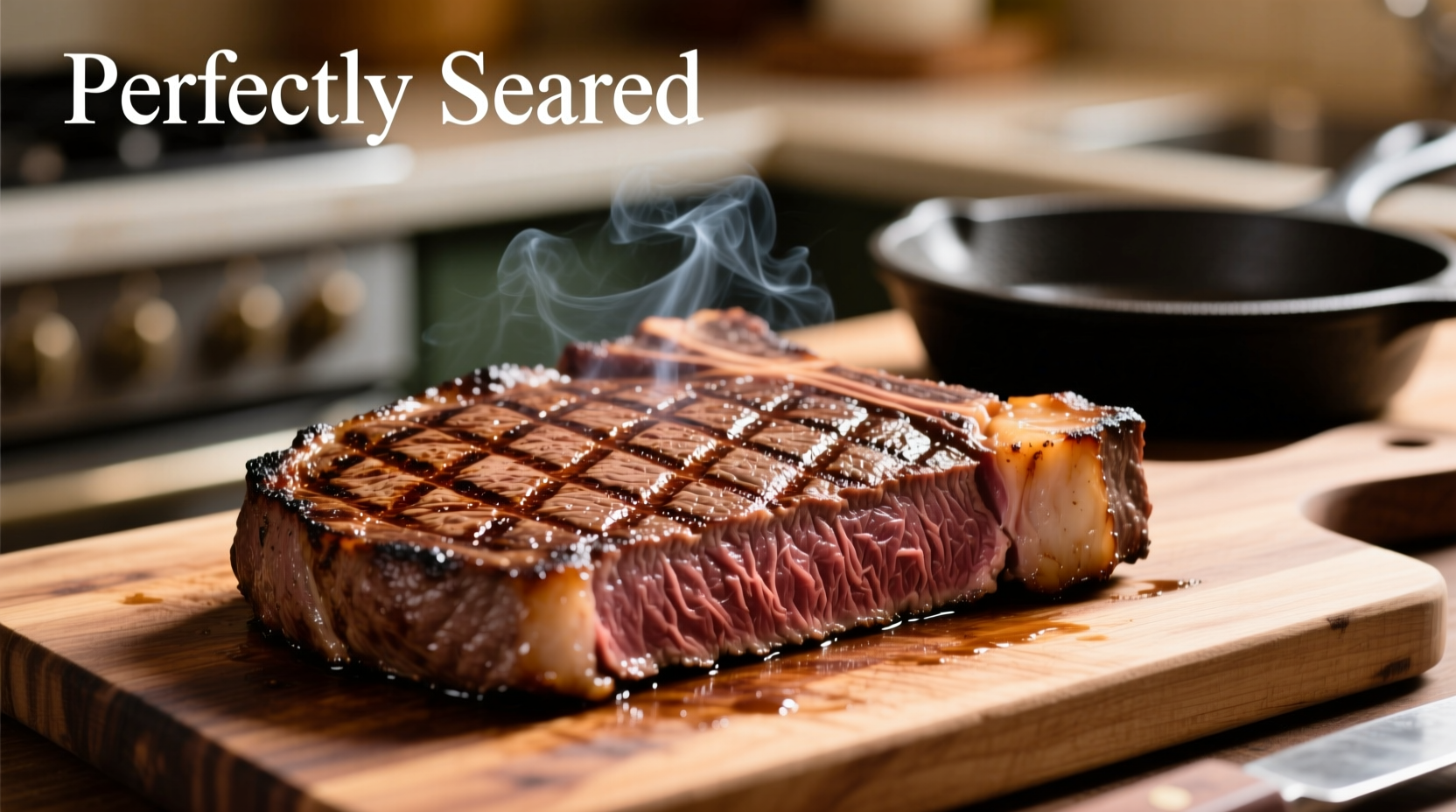The perfect method for cooking flat iron steak involves bringing the meat to room temperature, seasoning generously with coarse salt and freshly ground black pepper, then searing in a smoking-hot cast iron skillet for 4-6 minutes per side to reach 130-135°F internal temperature for medium-rare. Always rest for 8-10 minutes before slicing against the grain for maximum tenderness.
Flat iron steak has surged in popularity among home cooks for good reason. This flavorful cut from the shoulder region delivers exceptional marbling and tenderness when prepared correctly. Unlike more expensive cuts, flat iron offers restaurant-quality results without the premium price tag. But one misstep in cooking technique can transform this potentially perfect steak into a disappointing meal.
Understanding Flat Iron Steak's Unique Characteristics
Before firing up your stove, understanding what makes flat iron steak special is crucial. Butchered from the chuck shoulder, this cut was virtually unknown before 2002 when meat scientists at the University of Nebraska developed a method to remove the tough connective tissue running through the center.
| Beef Cut | Marbling Score | Recommended Cooking Method | Average Price per Pound |
|---|---|---|---|
| Flat Iron | 8.2/10 | High-heat sear | $8.99 |
| Ribeye | 9.1/10 | Reverse sear | $17.50 |
| Filet Mignon | 7.5/10 | Pan-sear + oven finish | $24.00 |
According to the American Meat Science Association, flat iron steak ranks among the fourth most tender cuts of beef, making it an exceptional value proposition. Its rich marbling pattern responds beautifully to high-heat cooking methods that render fat while developing complex flavor compounds through the Maillard reaction.
Essential Preparation Steps for Success
Proper preparation separates good steak from great steak. Begin by selecting a well-marbled cut with consistent thickness (1-1.5 inches ideal). USDA guidelines recommend allowing refrigerated steak to come to room temperature for 45-60 minutes before cooking—this ensures even cooking throughout.
Seasoning simplicity works best: Generously coat both sides with coarse kosher salt (1 teaspoon per pound) and freshly ground black pepper. For enhanced flavor development, consider applying salt 45 minutes before cooking to allow proper penetration. Avoid marinades that can mask the meat's natural flavor profile.

The Precision Cooking Method
Follow these steps for restaurant-quality results every time:
- Preheat your cooking surface—cast iron skillet or grill—to 450-500°F. Test by flicking water droplets; they should evaporate instantly.
- Lightly oil the steak (not the pan) with high-smoke point oil like avocado oil.
- Sear undisturbed for 4-6 minutes until deep brown crust forms. Resist the urge to move it prematurely.
- Flip and cook another 4-6 minutes, adding aromatics like garlic cloves and rosemary sprigs to the pan.
- Check internal temperature using an instant-read thermometer—130-135°F for medium-rare (USDA Food Safety and Inspection Service recommendation).
For thicker cuts (over 1.5 inches), finish in a 400°F oven for 3-5 minutes after initial searing. Remember that carryover cooking will raise the internal temperature 5-10 degrees during resting.
Avoiding Common Cooking Mistakes
Even experienced cooks make these critical errors with flat iron steak:
- Insufficient preheating—leads to steaming instead of searing
- Overcrowding the pan—causes temperature drop and uneven cooking
- Cutting too soon after cooking—releases precious juices
- Slicing with the grain—results in tough, chewy texture
Professional chefs universally emphasize the importance of proper resting time. The American Culinary Federation recommends resting for 5 minutes per inch of thickness—typically 8-10 minutes for flat iron steak. This allows muscle fibers to relax and redistribute juices throughout the cut.
Serving and Enjoying Your Perfect Steak
When slicing, use a sharp knife and cut perpendicular to the grain in 1/4-inch slices. This shortens muscle fibers for maximum tenderness. For best results, serve immediately on pre-warmed plates.
Classic pairings include roasted garlic mashed potatoes and sautéed asparagus. A simple compound butter with herbs elevates the flavor without overwhelming the meat's natural richness. For wine enthusiasts, a medium-bodied Cabernet Sauvignon complements the steak's robust flavor profile.
Leftover steak transforms beautifully in next-day meals. Thinly sliced, it's perfect for steak salads or sandwiches. Store properly wrapped in the refrigerator for up to 3 days, or freeze for longer storage according to USDA food safety guidelines.











 浙公网安备
33010002000092号
浙公网安备
33010002000092号 浙B2-20120091-4
浙B2-20120091-4